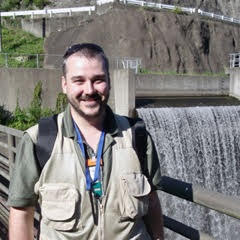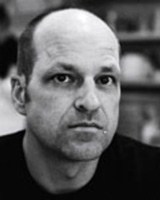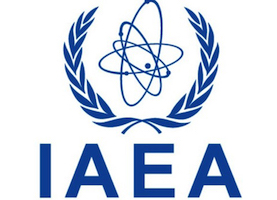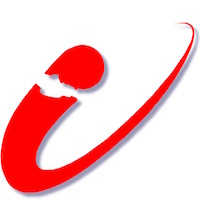MEET OUR AWESOME TEAM
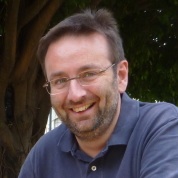
Marco Zennaro
Marco is a Research Officer at the Abdus Salam International Centre for Theoretical Physics. His research interest is in the use of WSN for Development. He holds a PhD from KTH-The Royal Institute of Technology, Sweden.
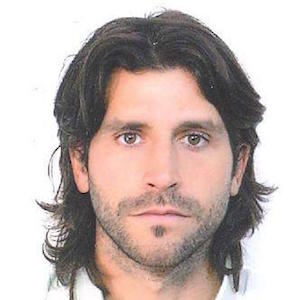
Rodrigo Carbajales
Rodrigo is a Visiting Scientist at the Abdus Salam International Centre for Theoretical Physics (ICTP). He also holds a Professional Fellowship in Instrumentation for Research Nuclear Reactors at the National Atomic Energy Commission of Argentina.
